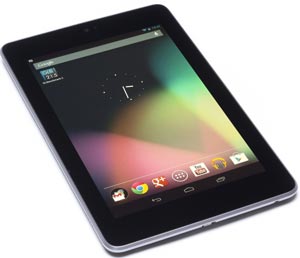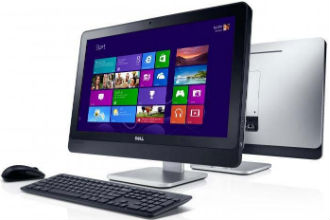 Lenovo has been going from strength to strength in recent months and now it has Hewlett Packard in its crosshairs. Lenovo believes there’s plenty of room for expansion in EMEA, in spite of Europe’s economic woes and Syria’s feeble attempts to become the Archduke Ferdinand of World War III.
Lenovo has been going from strength to strength in recent months and now it has Hewlett Packard in its crosshairs. Lenovo believes there’s plenty of room for expansion in EMEA, in spite of Europe’s economic woes and Syria’s feeble attempts to become the Archduke Ferdinand of World War III.
Speaking at IFA 2013, Lenovo’s EMEA president Gianfranco Lanci said the company’s ultimate goal is to become number one in the region within the next 18 months. He added that there are still big growth opportunities on PCs and there’s still room to grow.
Meanwhile, HP is losing market share to Lenovo, while Lenovo has already overtaken Acer in EMEA. Lenovo’s PC business is doing surprisingly well at a time when many other PC vendors are faltering on all levels. In addition, Lenovo’s smartphone push is paying off nicely in Asia and next year it could bring its Android terracotta army to Europe and North America. Lenovo is also becoming a big name in Android tablets, but so far Android tablets have failed to match the success of their smartphone siblings.
“The investment needed in the smartphone and tablet businesses is much more than what you need in PCs – this is why we will see more consolidation,” Lanci said.
He argued that scale is necessary to successfully compete in the smartphone market and with skyrocketing phone shipments in China, Lenovo shouldn’t have much trouble with scale.
Lanci added that all three Lenovo divisions are making money, but the PC division is still generating higher margins as PCs don’t require nearly as much investment as smartphones and tablets. It may be interesting to note that Lenovo is making some rather interesting moves on the hybrid front as well. As hybrids and tablets converge, Lenovo will end up in a much better position than some competitors without a viable tablet/hybrid strategy. Provided all goes well, of course.
















